The Queen’s wedding gift to Prince Andrew and Sarah Ferguson in 1986 was a brand new 12-bedroom house in the Berkshire countryside. Sunninghill Park was an unfortunate mash-up of architectural styles, from its Tudor-ish chimneys to its vaguely Arts and Craftsy roofline and the monumental columns flanking its entrance. And how we laughed.
It was the first time a royal had lived in a new build since Queen Victoria’s son Prince Albert moved into Bagshot Park in Surrey in 1879. The Duke and Duchess of York’s property was instantly nicknamed ‘SouthYork’ thanks to its resemblance to Southfork, the Ewing family ranch in Dallas.
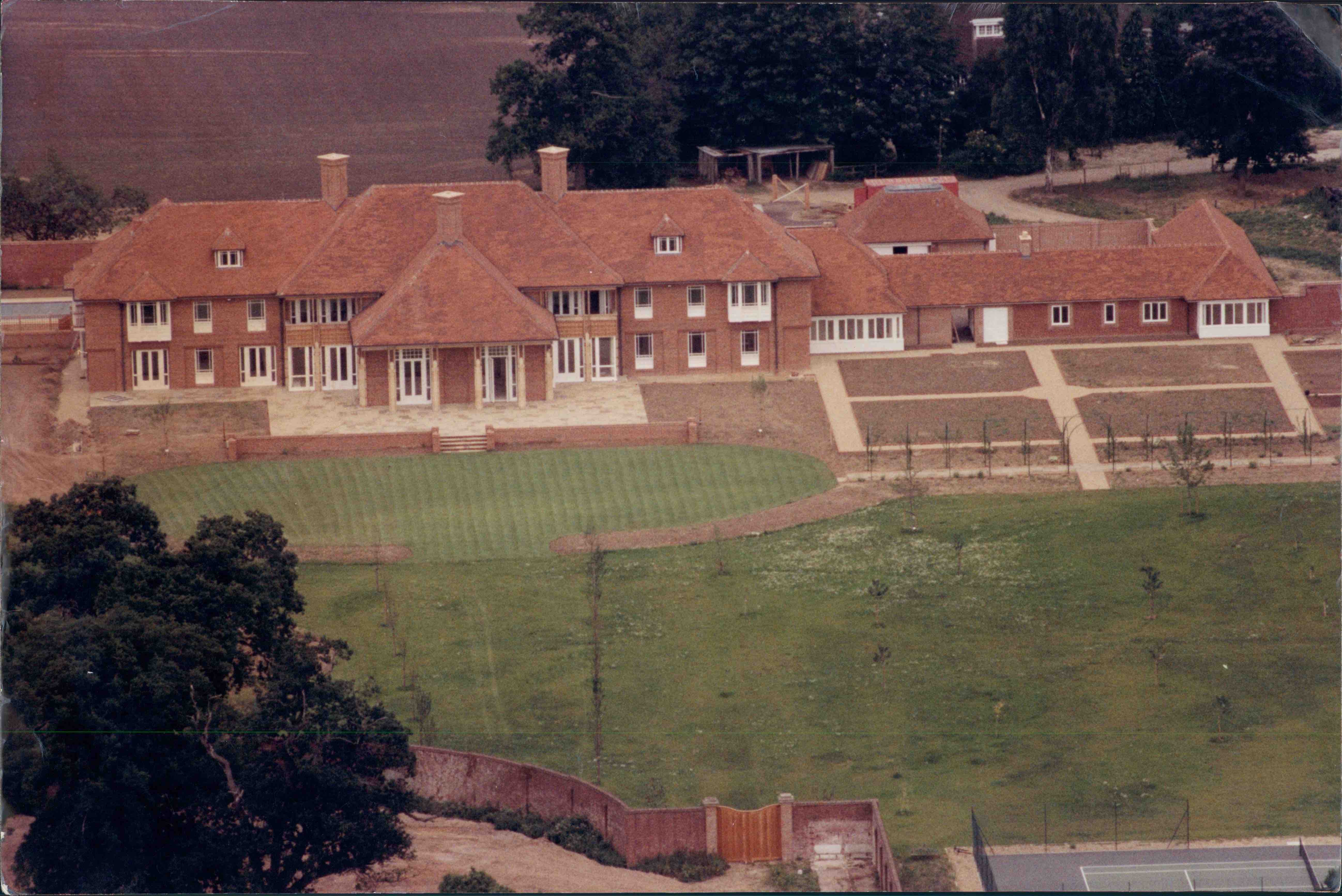
Back then, newly built period-style houses were seen as the epitome of blingy bad taste, beloved of footballers and Z-list celebrities: the property equivalent of a fake Chanel 2.55 bag. Aspirational buyers much preferred the real thing – a period, preferably Georgian, pile with plenty of historic patina and never mind the leaks and creaks that came with it.
After the Duke and Duchess of York divorced, SouthYork was sold to a Kazakh billionaire and subsequently demolished. And that should have been that. But, quietly, the reputation of faux period homes has been rising in the shires – and post-pandemic, the tidal wave of townies flooding out of cities has cemented the rehabilitation of modern country homes.
These buyers like the look of period property but aren’t prepared to live in a home without en suite bathrooms and walk-in wardrobes. They want large open plan entertaining spaces, eco-friendly credentials and low running costs, none of which can be found in a typical period country house. As a result you will now pay some 20 per cent more for a newly built ‘neo-Geo’ (neo-Georgian) home than you would for the real thing.
These buyers like the look of period property but aren’t prepared to live in a home without en suite bathrooms and walk-in wardrobes
‘It used to be that listed houses carried a 15 to 20 per cent premium, but over the years this has reversed in favour of the quality, traditionally designed new build,’ says buying agent James Law of Stacks Property Search. This reversal of fortune has partly been driven by necessity. One of the motifs of the property market over the past two years has been a dramatic lack of family-sized homes for sale. Even die-hard fans of period houses have been forced to confront the possibility of buying something built this century. ‘Once upon a time, buyers only wanted the Old Rectory and Manor House, but there are so few of them – they change hands so infrequently and demand outstrips supply,’ says buying agent Jamie Freeman, a director at Haringtons.
It has to be said that at the top end, many of these new-old houses are built with real attention to detail. Architects such as Ben Pentreath, who is currently working on Prince Charles’s plans for an extension to the Kent town of Faversham, and Quinlan Terry, who designed the period-style pile Ferne House in Wiltshire for the Rothermere family, owners of the Daily Mail, use the best materials and the most skilled craftsmen to create modern country houses which are probably better quality than the originals.
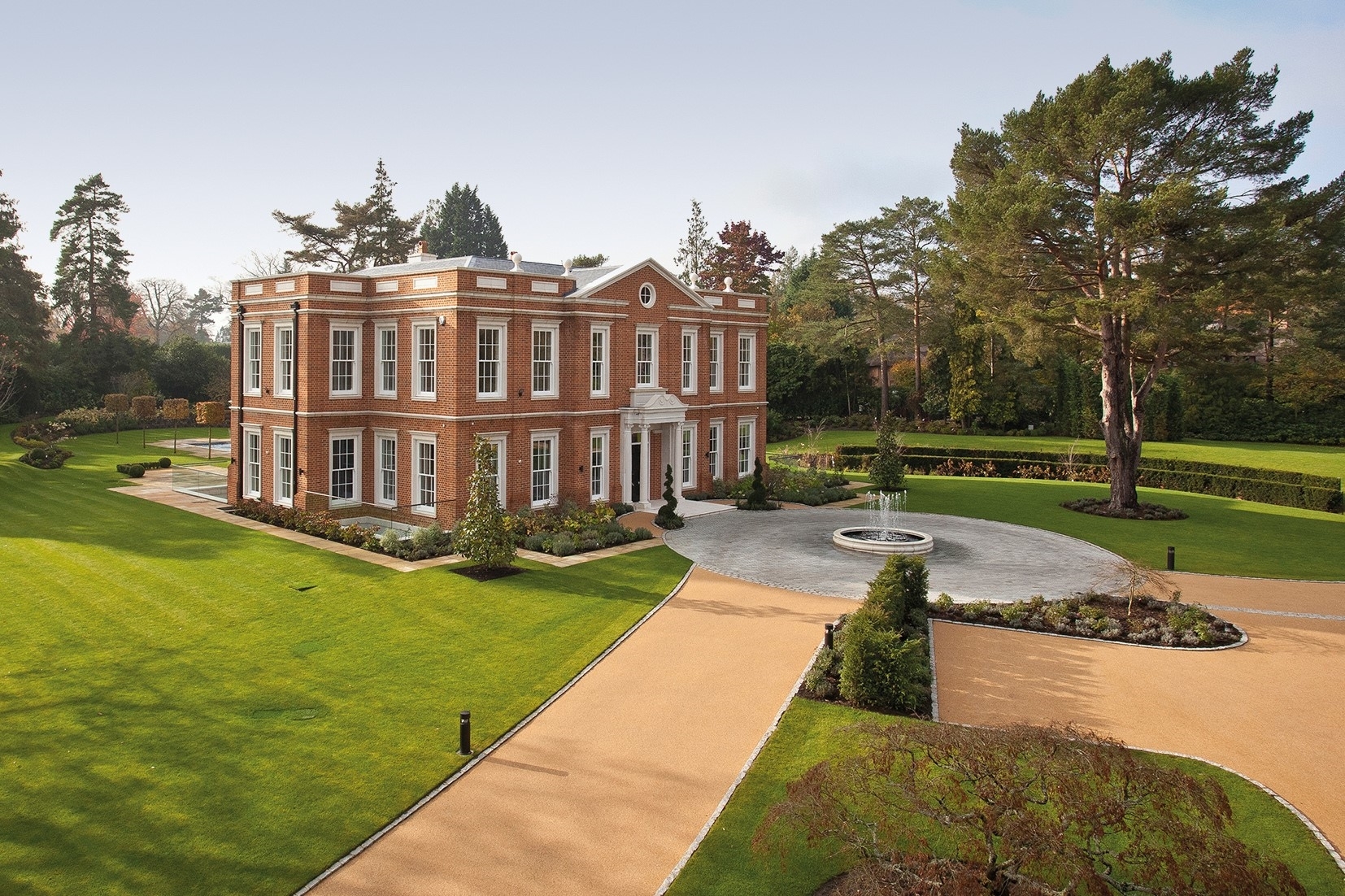
And house builders have sat up and taken notice. ‘At the top end of the market they have adapted their design and build practices using traditional methods and materials to give the same feel and look,’ says Freeman. ‘The bonus of buying one of these homes, especially while under construction, is that you can get in there early and personalise it.’
With none of the tiresome restrictions linked to listed status, these houses can also be kitted out with every possible mod con, from indoor pools and spas to lifts and cinemas. ‘In the past month alone I’ve sold two super-prime country houses – both less than ten years old and both built in a period style – under competitive bidding,’ says Oliver Custance Baker, head of Strutt & Parker’s country department. ‘Why? They offer a turn-key purchase, ready-to-go lifestyle, with heating, lighting and sound at the click of a button, and impressive eco-credentials, but look like the traditional country houses that have captured hearts for centuries.’
Jess Simpson, founder of Jess Simpson Property Search, says that new-old houses have proved particularly popular among Londoners looking for a home with all the bells and whistles they have come to see as essential. ‘I have recently purchased a house for some clients who wanted a period, listed 10,000 to 15,000 sq ft house, but didn’t want a project,’ she says. ‘We eventually bought a 20,000 sq ft house which was 15 years old which you couldn’t now build for what we paid for it. Every bedroom is a suite, there is an indoor leisure complex and land and the most stunning, impressive reception rooms.’
Price differentials vary slightly around the country. In the south-east, Simpson estimates that modern period-style country homes now cost 15 to 25 per cent more than genuine period properties. In Dorset and Wiltshire, Fred Cook, director of buying agency Prime Purchase, said buyers typically pay £495 per square foot for a new country pile and £415 per square foot for an old house, a difference of some 20 per cent.
And yet, for all their open plan kitchens, top-drawer specifications and user friendliness, a modern house will always be missing something. ‘However hard an architect may try, it is practically impossible to create an aged appearance in a new build,’ says Cook. ‘Many buyers look for the softening and maturity that only comes with the passage of time.’
Law agrees. ‘The patina of age is impossible to recreate. For many the problems and expenses of an old house are a small price to pay to live in a timeless property with provenance.’
Four more of the finest ‘neo-Geos’ on the market
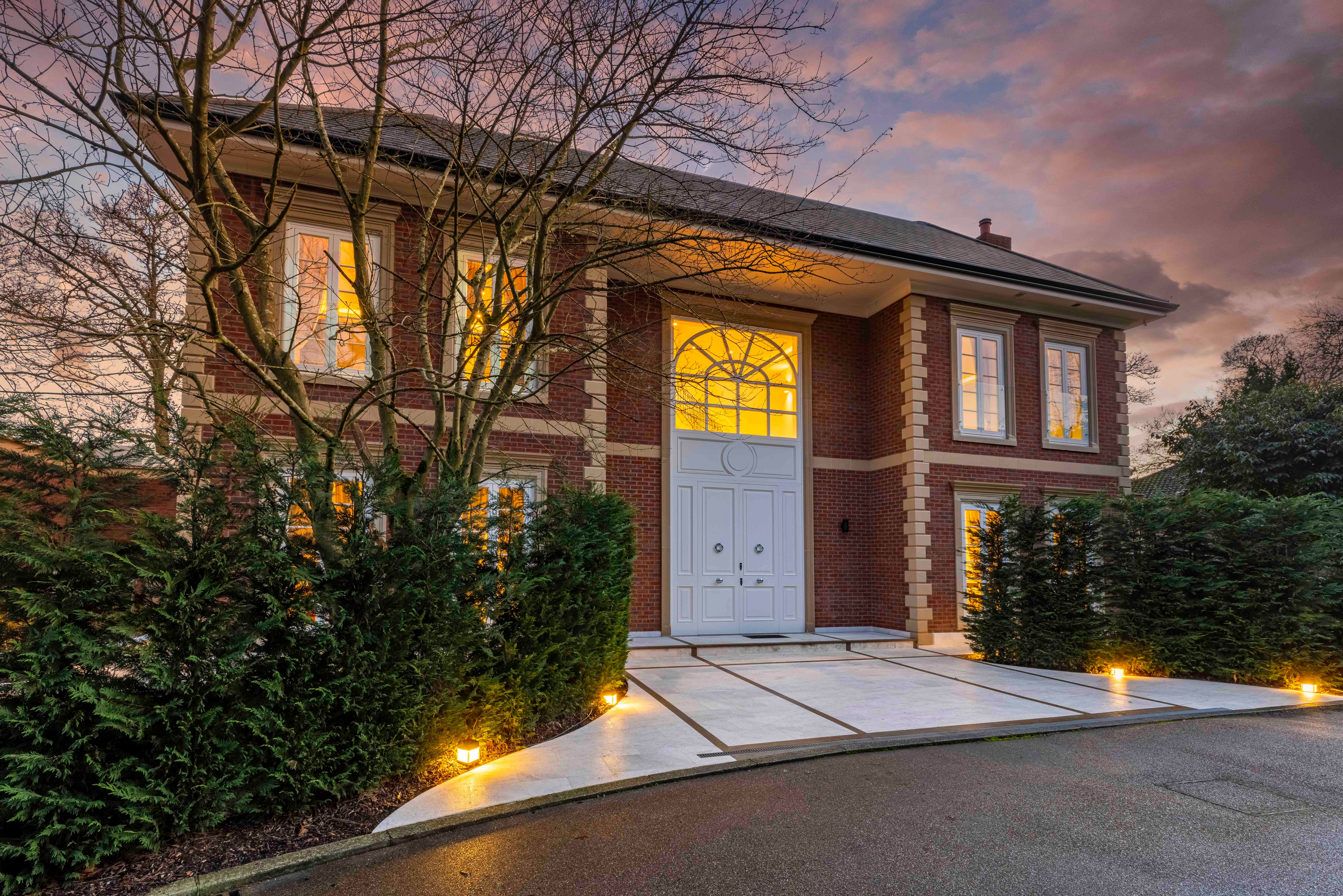
Telegraph House, in Kingston upon Thames, has seven bedroom suites, four reception rooms, a 35ft swimming pool, a cinema room, marble fireplaces and TVs in the bathrooms. It is on the market for £9.95 million with Harrods Estates.
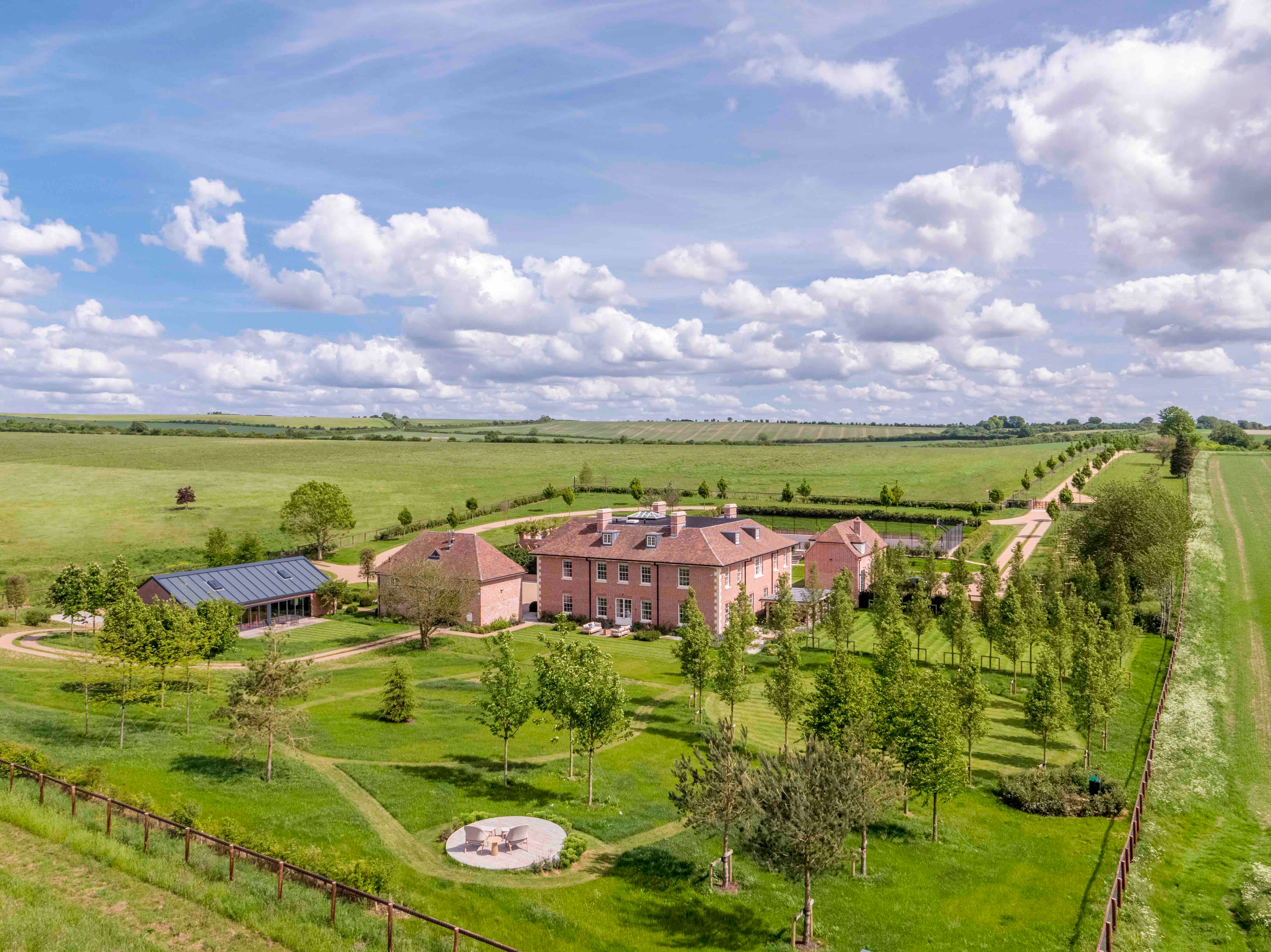
Roden Park, in Compton, Berkshire, is ‘designed to suggest an early Georgian gentleman’s manor house’ according to agent Savills. Priced at £15 million, it has a tennis court and swimming pool in 117 acres with guest and staff cottages included.
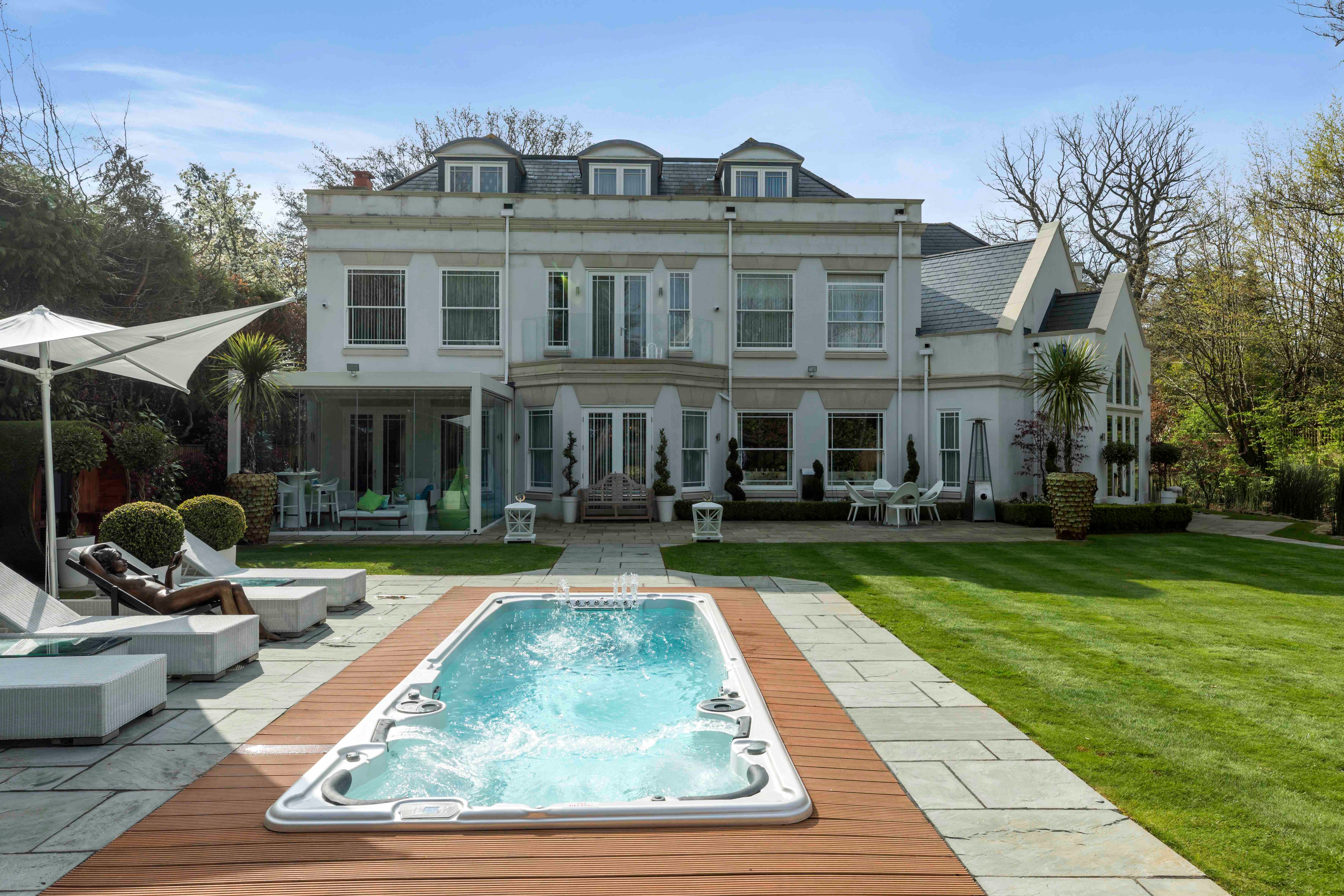
Brooklands, in Oxshott, Surrey, is entered over a bridge across a private stream. Once inside it has a self-playing piano, seven bedrooms and six bathrooms, plus sauna and jacuzzi pool. It’s on the market for £7.25 million with Sotheby’s International Realty.
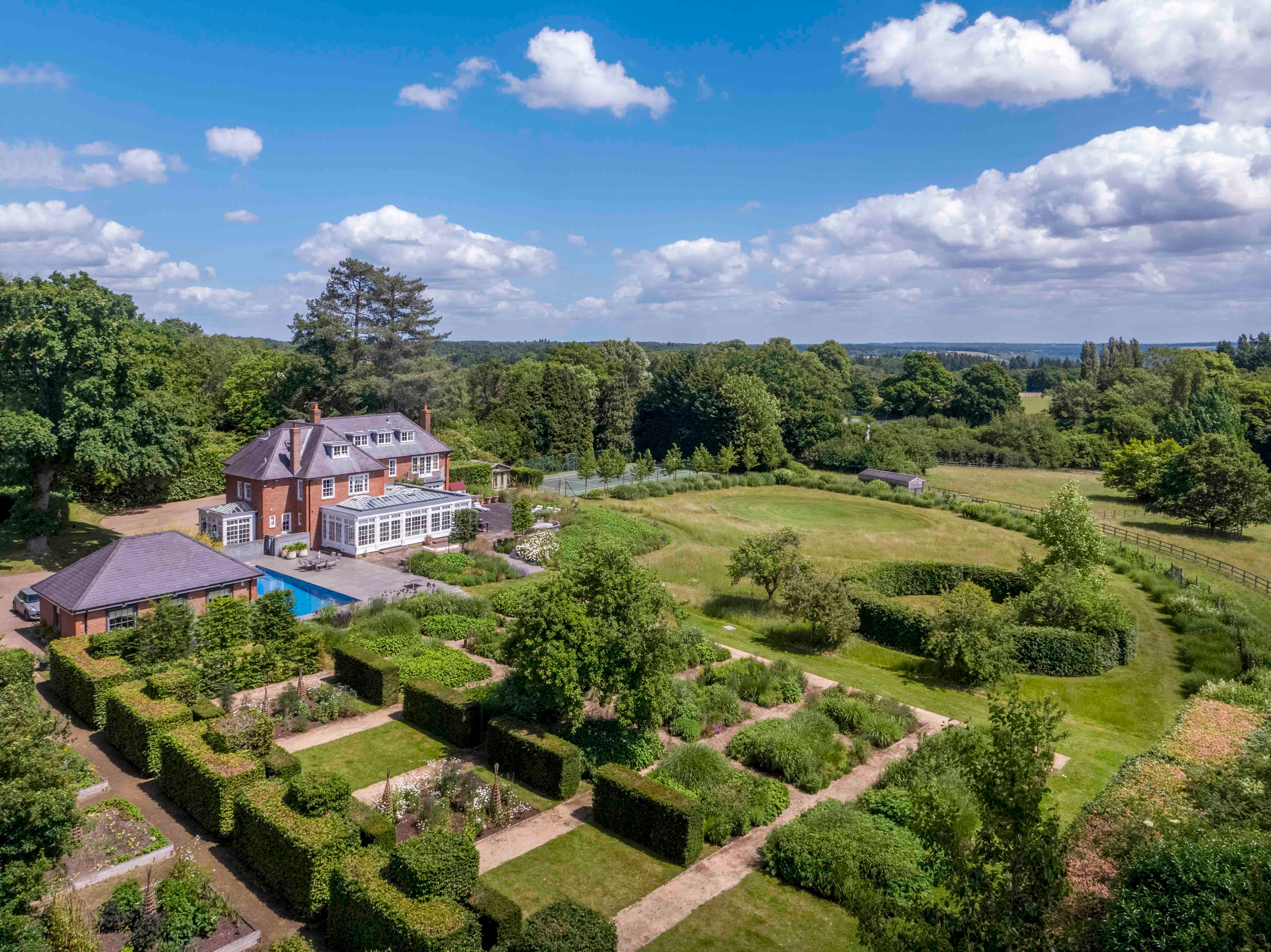
Crockmore House, near Henley-on-Thames in Oxfordshire, is set in 12 acres with gardens landscaped by Christopher Bradley-Hole. It has been used as a film set, offers a pool and a helipad, and has an asking price of £12 million through Savills.

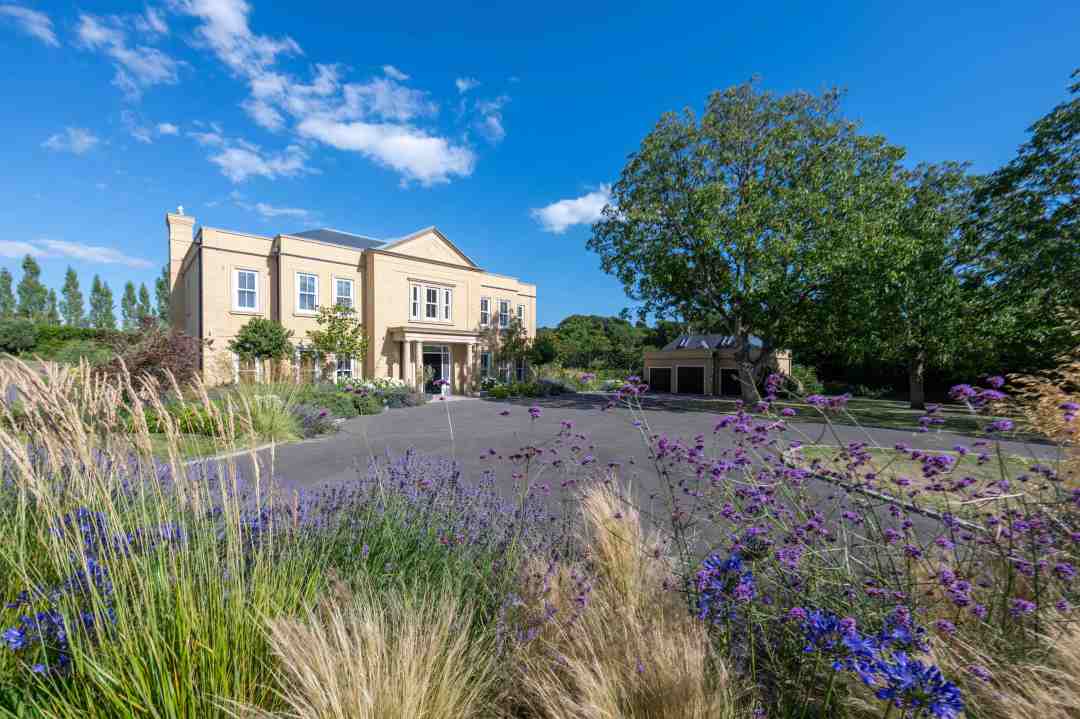
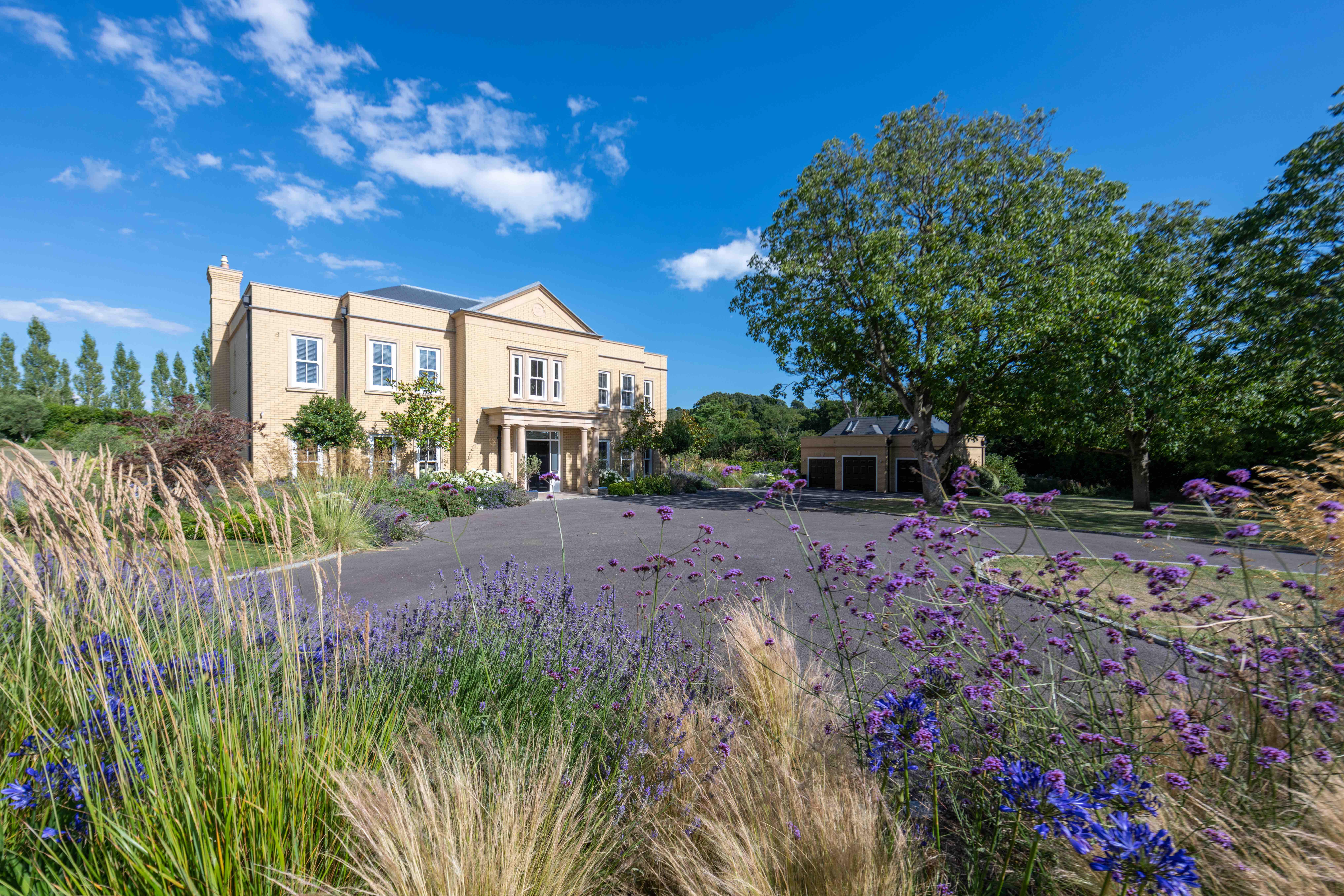




Comments